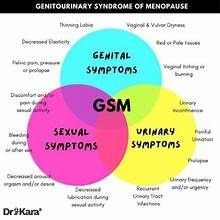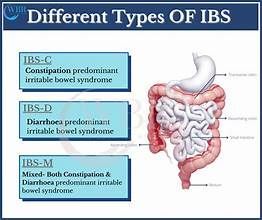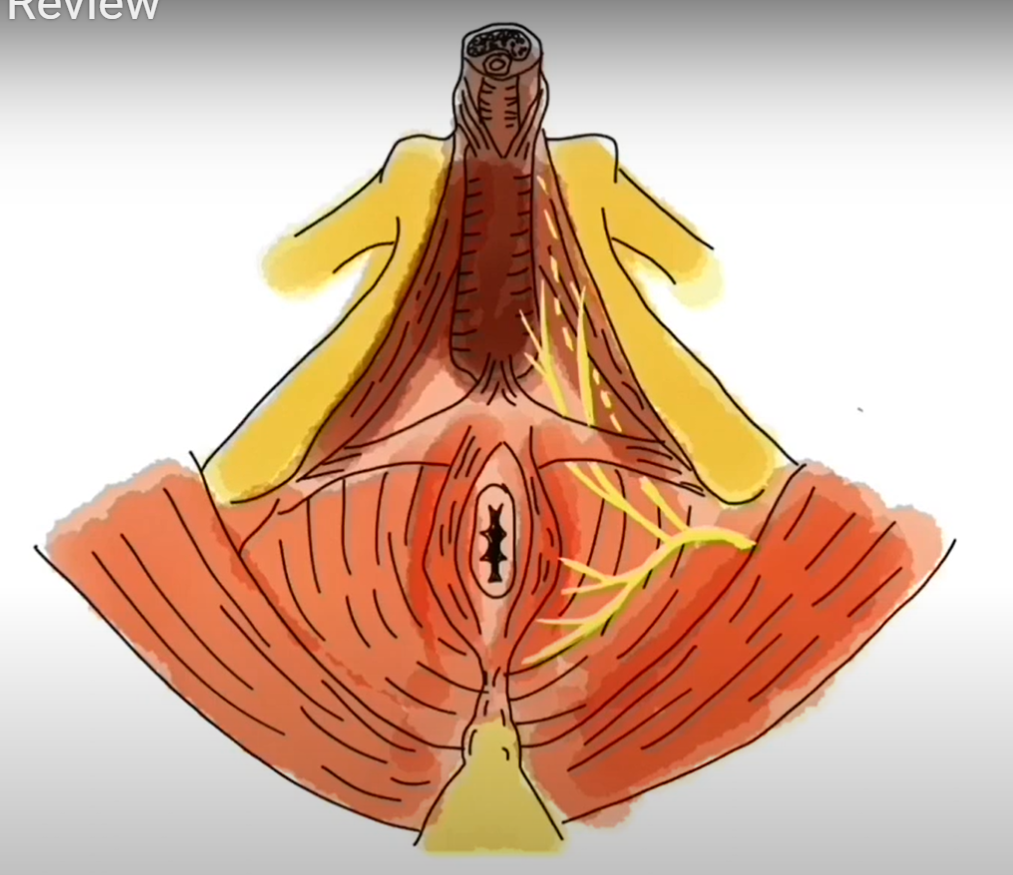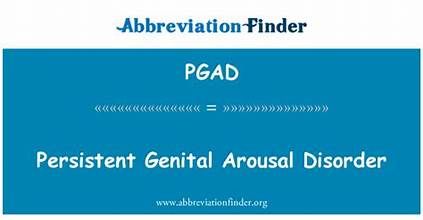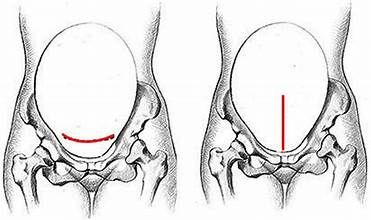Prostate Health
This is a subtitle for your new post
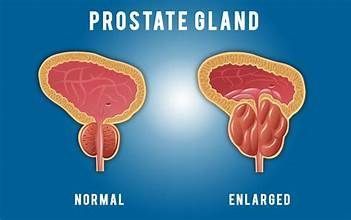
Can men have pelvic floor muscle dysfunction too? Yes they can! It is much more common to hear about pelvic dysfunction in women due to pregnancies and deliveries - during this time in a woman’s life she and her providers are much more apt to talk about the health of her pelvis, along with signs and symptoms of dysfunction. As a result we can sometimes forget that men even have a pelvic floor, much less experience symptoms that can lead to a decrease in quality of life.
Pelvic health (or dysfunction) of the male population often shows up like this:
- Pelvic pain - Men and women alike can have pain in the pelvis that causes discomfort with sitting, pain with bowel movements, or pain with intercourse.
- Constipation - Again, not specific to men but a common problem in both genders. The pelvic floor muscles can often play a role in not being able to empty your bowels.
- Urinary urgency and frequency, slow stream, leakage, and/or nocturia (voiding your bladder multiple times through the night) - In men, voiding difficulties can be a sign of prostate enlargement (often referred to as Benign Prostate Hypertrophy) and other prostate issues. The prostate is uniquely male, and is where we will focus the rest of our attention.
The picture above is a male pelvis with the bladder, prostate, and pelvic floor muscles noted. If you locate the bladder and follow it down you see the urethra, the tube that carries the urine from the bladder and out of the penis. Notice that a part of the urethra runs directly through the prostate. This can be a big reason why men with an enlarged prostate have difficulty starting a stream of urine or fully emptying the bladder. This enlargement of the prostate is referred to as Benign Prostate Hypertrophy (BPH) and is fairly common. It occurs in about one quarter of men in their 50s, one third of men in their 60s, and about half of all men 80 years or older.¹
There are various treatment options for BPH but for the purposes of today’s post we’ll focus on a procedure called Transurethral Resection of the Prostate (TURP). This is a surgical procedure that involves a tool being placed into the urethra through the penis and used to trim away pieces of the prostate that are bulging or blocking the urethra.² In men with prostate cancer, they may skip the TURP and undergo complete removal of the prostate gland. Regardless of treatment approach, these procedures can affect your pelvic floor muscles and your ability to maintain control of your bladder. Specifically in the men who have complete prostate removal, urinary incontinence is a very common post surgical symptom. The prostate gland has contributed to bladder control their entire lives, and that stability has been removed. The pelvic floor muscles can become weak as a result of the surgery, leading to urinary leakage with standing, playing golf, exercising, or even at rest. That is where a pelvic floor physical therapist can help!
If you revisit the picture above, you can see the pelvic floor muscles labeled.These muscles can become weak post surgery. If you schedule an appointment for therapy after prostate removal or TURP procedure, your therapist will perform a few things within the first few visits:
- Obtain a medical history - you and your therapist will spend plenty of time going through your medical history, talking about your symptoms, and giving you plenty of education about pelvic floor PT. By the end of your first session you should feel that all of your questions have been answered!
- Perform an assessment of the pelvic floor muscles - in order for your therapist to decide if your muscles are playing a role in your symptoms, an internal rectal assessment is performed. This will be similar to the prostate exam you would have likely received from your physician. Your therapist will test the strength of your muscles, their endurance, and coordination.
- Assign an exercise program - depending on the current state of your pelvic floor muscles, the therapist will give you exercises to perform at home. This can involve Kegel exercises, muscle relaxation, or a combination of both. Your program will likely involve exercise for your core muscles too, as they are closely related to your pelvic floor.
If you are experiencing any of the symptoms noted but have not seen a medical provider, think about seeking help from your primary care physician or a urologist. He or she will be able to rule in, or out, any prostate dysfunction and point you in the right direction for possible treatment. Not sure if you’re having the symptoms necessary to seek help? Follow the link
here for a prostate questionnaire.³
- McVary, Kevin MD. BPH: Epidemiology and Comorbidities. American Journal of Managed Care. April 2006
- Transurethral Resection of the Prostate. www.johnshopkins.org/healthlibrary.
- www.urologix.com. BPH Symptoms Score Questionnaire.
- Filocamo et al. Effectiveness of Early Pelvic Floor Rehabilitation Treatment for Post-Prostatectomy Incontinence. European Urology. November 2005
- Urology Care Foundation. Benign Prostatic Hyperplasia. www.urologyhealth.org

